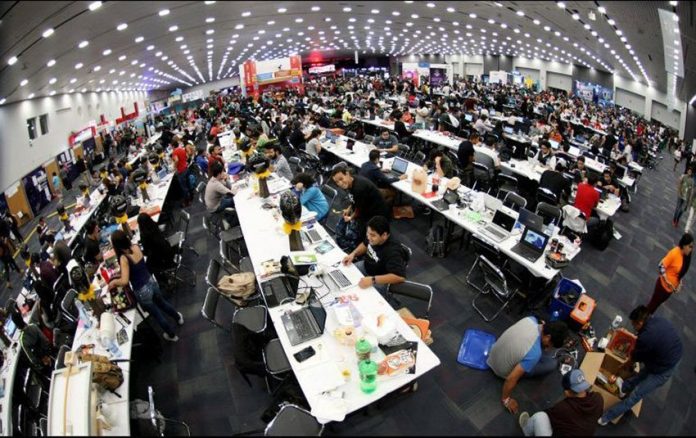President López Obrador has denied that a decision to return assets seized from former teachers’ union boss Elba Esther Gordillo is the result of a “shady deal” between her and the government as claimed by opposition parties.
The newspaper Reforma revealed yesterday that the federal Attorney General’s Office (FGR) had returned three properties, three cars, books and art to the former SNTE union chief.
Gordillo’s access to seven bank accounts that were frozen when she was arrested on corruption charges in 2013 was also reinstated.
The ex-union leader commonly known as “La Maestra” (The Teacher) spent almost five years in custody awaiting trial but was released from house arrest in August last year when a federal court absolved her of corruption charges, stating that there weren’t sufficient grounds to proceed with the case.
Two weeks ago, Gordillo – who was charged with embezzling US $200 million from the union she headed – announced that she would seek to regain the presidency of the SNTE, a post she held for 24 years until her arrest.
In response to the news that Gordillo had got her assets back, political figures claimed that the president had entered into a politically convenient pact with the former union boss and that he is not as committed to combatting corruption as he claims to be.
“With this decision, it is confirmed that there is a political pact between Elba Esther and López Obrador. The [president’s] supposed fight against corruption . . . in reality, is not true,” said Fernando Rodríguez Doval, a secretary on the national executive committee of the National Action Party (PAN).
He suggested that the “alliance” was related to Gordillo’s “project” to form a new political party “linked to the López Obrador movement.”
Rodríguez also contended that the decision to return Gordillo’s assets is evidence that the FGR is under the president’s control, adding that “the fact that the Attorney General’s Office has decided not to continue with the investigations tells us that there is no commitment to the fight against corruption contrary to what he [López Obrador] has been saying.”
Ángel Ávila Romero, national president of the Democratic Revolutionary Party (PRD), said that “we’re once again seeing the political use of law enforcement institutions,” charging that the return of assets to Gordillo is evidence that the Morena party and the president “are obliged to their political and electoral allies.”
He added: “Elba Esther’s assets don’t correspond to her salary as a teacher or national [union] leader . . . This return of assets is an affront to citizens who are asking for corruption, impunity and the looting of public coffers to be punished.”
Ávila also claimed that a memorandum issued by López Obrador last week directing three secretariats to ignore the education reforms implemented by the past federal government was motivated by the former union leader’s criticism of the laws.
“. . . Elba Esther Gordillo made a complaint about the education reform and two days later López Obrador released a memorandum to wind back the education reform. It’s clear to me that the relationship between López Obrador and Elba is of the very highest order and that it extends across the union sphere, the legislative sphere – that’s the extent of the conspiracy between them,” he said.
Speaking at his daily press conference this morning, the president rejected the claims, telling reporters in Veracruz that his government acts transparently and ethically.
“We act on principles, we have ideals, we have moral authority because we know in that way we can have political authority. We’re not like the conservatives and their spokespeople, we’re different. We don’t do deals in the dark, we didn’t lend ourselves to any shady deal, we’re not at the service of any vested interest group,” López Obrador said.
“This is a new government that arose from the people and whose purpose is to put an end to corruption, impunity, influence and all the scourges of politics . . .”
Source: SDP Noticias (sp), Reforma (sp)









